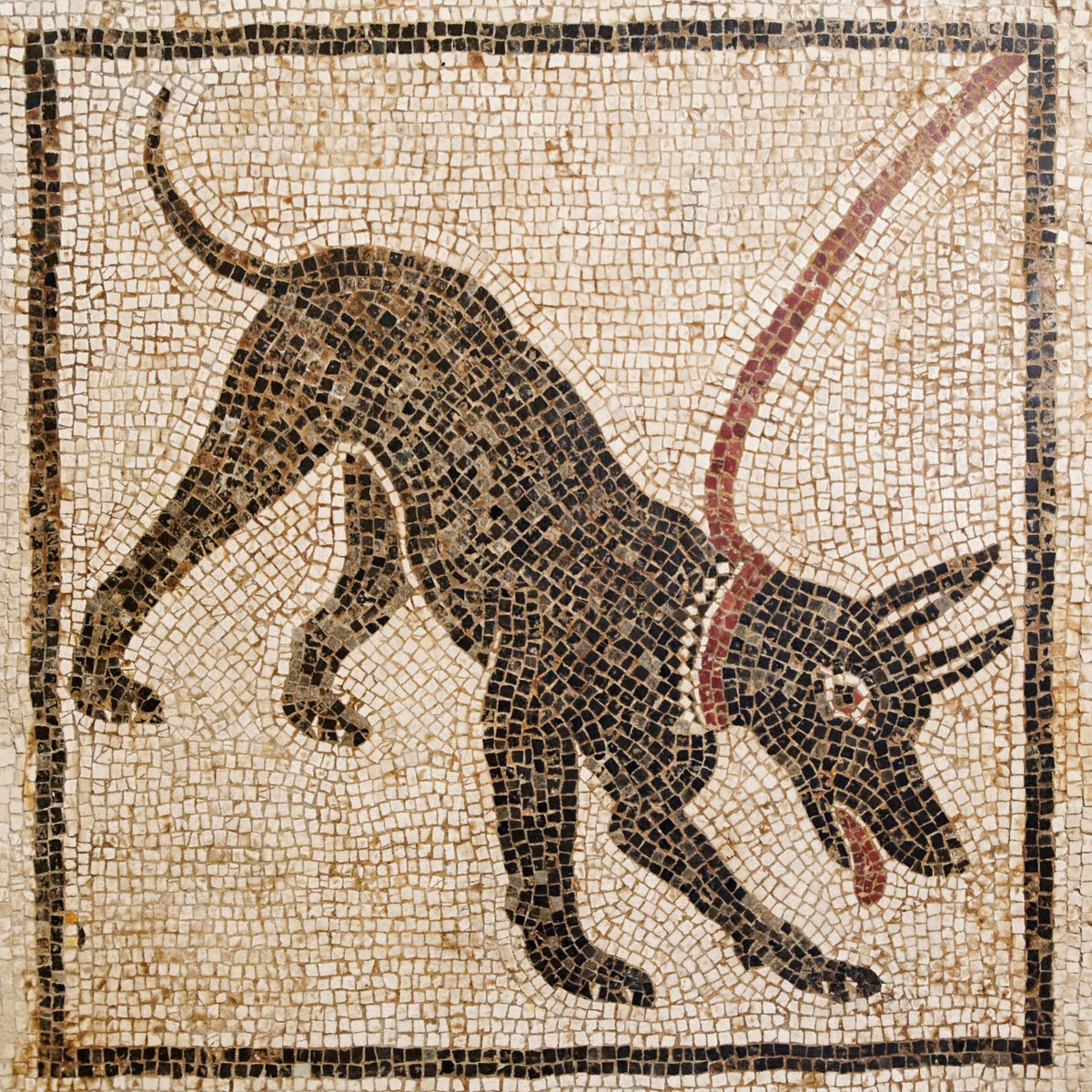1101
1102
1103
1104
1107
1108
1109
1111
1112
1115
1116
1117
1118
Sculptural ceramic ceremonial vessel that represents sexual union of a man and a woman, Moche style, Period: 1 AD - 800 AD. Currently located at Museo Larco in Peru. #museumweek #sexualityMW
1120
1121
1122
1123
1124


























